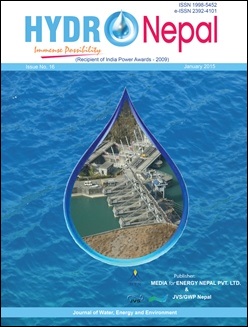Study of Climate Change using GCM Downscaling: Special Reference to Indian Subcontinent
DOI:
https://doi.org/10.3126/hn.v16i0.12222Keywords:
Climate change, General circulation model, Greenhouse gas, DownscalingAbstract
Climate change refers to a change in a state of the climate and it is one of the emerging issues in the 21st century. General Circulation Model (GCM) represents physical processes in the atmosphere, ocean, cryosphere and land surface. It is one of the advanced tools for simulating the response of the global climate system to increasing greenhouse gas (GHG) concentrations. The application of GCMs and its downscaling outputs helps to fill up the gap existing between large-scale and local-scale variables. This study clearly showed that GCM downscaling has been increasingly applied to the study of climate change in many parts of the world including the Indian sub-continent and their results are utilized to enhance planning and management purposes.
DOI: http://dx.doi.org/10.3126/hn.v16i0.12222
HYDRO Nepal
Journal of Water Energy and Environment
Issue. 16, 2015, January
Page: 36-39
Upload date: March 1, 2015
Downloads
Downloads
Published
How to Cite
Issue
Section
License
The copyright of the articles and papers published is held by HYDRO Nepal Journal.
The views and interpretation in this journal are those of author(s), and HYDRO Nepal does not bear any responsibility for the views expressed by authors in the journal.




